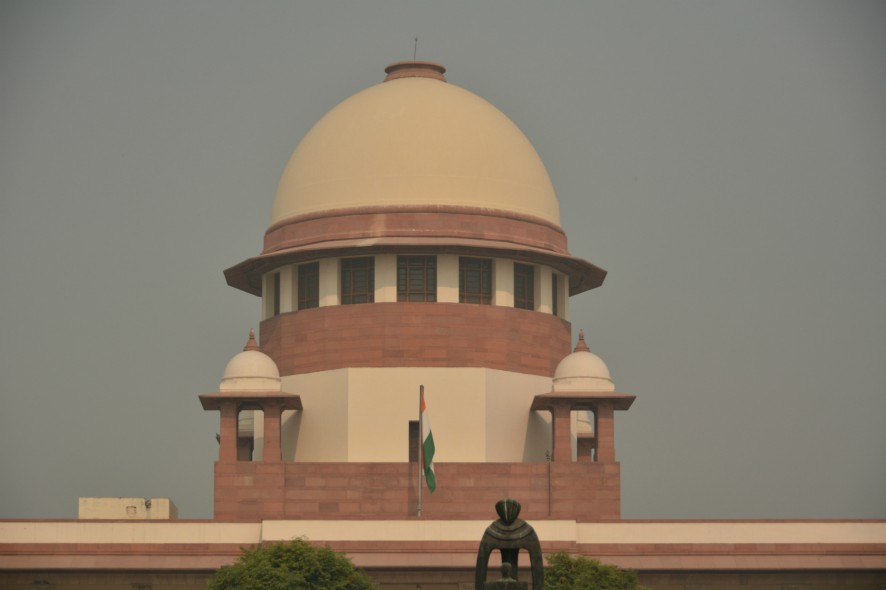Supreme Court: In the writ petition relating to appointment of constitutional authorities where the President of India was made the first respondent, the Court said that despite the decision of the constitutional bench in Rameshwar Prasad v. Union of India, (2006) 2 SCC 1 where it was clearly held that the President of India cannot be arrayed as a party to the litigation, the petitioners being emboldened by some kind of imaginative faculty have described the President as a Respondent.
The petitioners had sought issue of a quo warranto declaring that one of the respondents is not eligible to hold the constitutional post or alternatively issue a writ of mandamus not to continue on the post in question, the Court said that the writ petition preferred under Article 32 of the Constitution is absolutely the product of disgruntled minds obsessed with their own litigation. Their individual grievances do not confer any right on them to file a writ petition of the present nature. It is an assault on the Constitution, more so, when the high constitutional authorities are involved. No litigant can be permitted to browbeat or malign the system. This is essential for maintaining the integrity of the institution and the public confidence in the delivery of justice. It is sheer malice. The question of issuance of any kind of writ does not arise.
The bench of Dipak Misra and R. Banumathi, JJ further directed that in future the petitioners shall be debarred from filing any kind of public interest litigation in any constitutional court and none of their petition under Article 226 or Article 32 of the Constitution shall be entertained unless they are personally grieved. [Anindita v. Pranab Kumar Mukherjee, 2017 SCC OnLine SC 71, decided on 30.01.2017]







